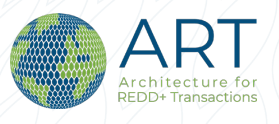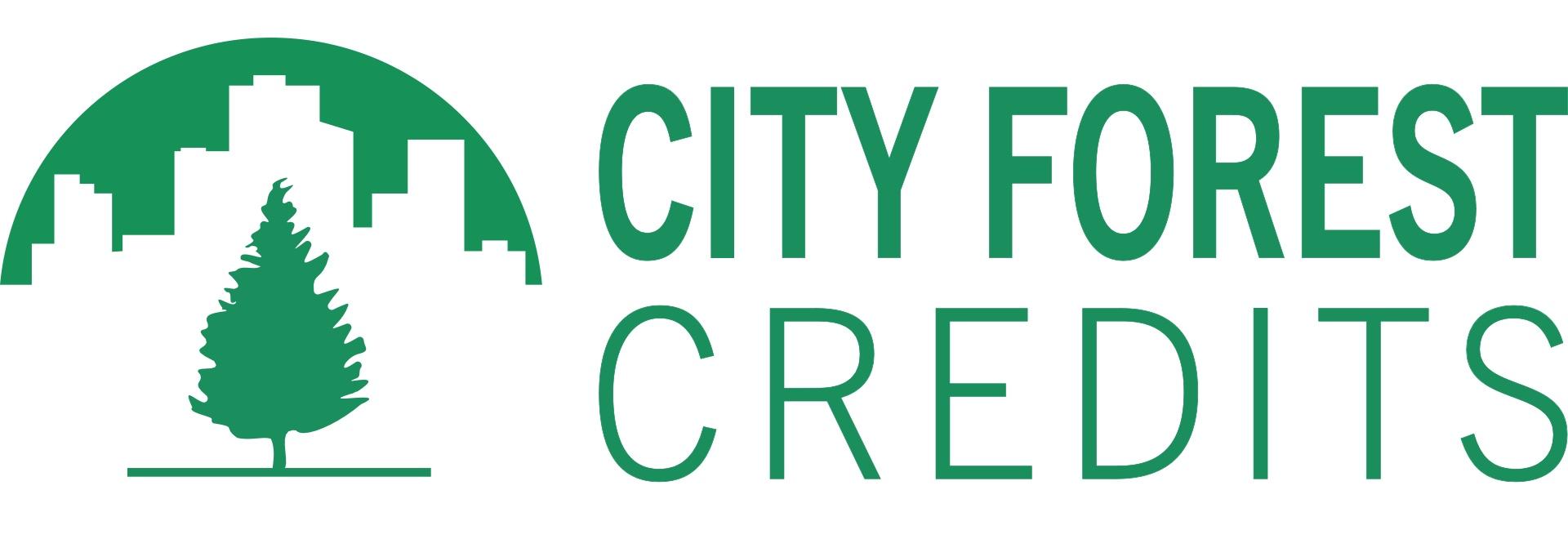
Submit a Tool
Do you know of a restoration monitoring tool we’ve missed? Send us your suggestions and we’ll evaluate them for inclusion in future updates of the ToolFinder.

From growing trees on farms to restocking degraded forests, terrestrial restoration activities all share one common vision: enhancing the productivity and ecological integrity of degraded lands to benefit both people and nature.
Explore case studies that show how a selection of the restoration monitoring tools featured in this guide have been used in real-world monitoring applications.

Architecture for REDD+ Transactions (ART)
Published August 2021
.
National-scale REDD+ programs that have been developed by governments. REDD+ stands for “Reducing Emissions from Deforestation and Degradation plus conservation, sustainable management, and enhancement of forest stocks,” and can include restoration or reforestation activities. Description: TREES is used to quantify the emission reductions and removals associated with REDD+ programs developed by national governments or governments up to one administrative level down from national. Through the end of 2030, TREES can also be used to credit REDD+ programs with subnational accounting areas that are at least 2.5 million ha (does not have to be contiguous) and are registered by a national government, such as Indigenous territories. Restoration or reforestation activities that are conducted as part of REDD+ programs can be measured and accredited under TREES.

BioCarbon Standard
Published February 2024
This methodology quantifies and monitors the GHG emission removals associated with projects engaged in afforestation, reforestation, revegetation, and restoration activities. Activities can include changes to agricultural practices or landscape management, agroforestry, and restoration, rehabilitation, or recuperation of degraded ecosystems. The methodology is based on the Clean Development Mechanism methodology “AR-ACM0003 A/R Large-Scale Consolidated Methodology. Afforestation and reforestation of lands except wetlands. Version 2.0 AR.” Projects following this methodology can generate carbon credits that will be managed by the Global CarbonTrace Platform, which uses blockchain technology to track transactions.
Afforestation, reforestation, or revegetation projects anywhere in the world that want to generate carbon credits through BioCarbon Standard and are taking place on land that is not already defined as a forest, nor as non-forest natural ecosystem such as wetlands.

City Forest Credits
Published February 2023
This methodology quantifies the volume of GHG emission mitigation resulting from planting trees or restoring treed areas in urban environments in the United States. The methodology can apply to projects aimed at planting street trees or planting or restoring urban park areas with denser canopy than on urban streets. Projects following this methodology can generate City Forest Carbon Forward Removal Credits, which are based on how much carbon dioxide trees in in the project are forecasted to store in year 26 of the project. At that time, the credits are converted to expost credits.
Afforestation and reforestation projects in urban areas in the United States that want to generate carbon credits.

Plan Vivo
It is worth noting that as of March 2024, the Acorn methodology is undergoing updates that are expected to be published during 2024.
This methodology is used to measure GHG emission removals resulting from the planting of trees on smallholder farmers’ land. The GHG removals are measured using remote sensing technology. Tree planting activities following this methodology will apply the Acorn methodology to generate CRUs, which are a form of carbon credits.
Tree planting activities on smallholders’ land anywhere in the world that want to generate Acorn’s carbon removal units (CRUs).
Do you know of a restoration monitoring tool we’ve missed? Send us your suggestions and we’ll evaluate them for inclusion in future updates of the ToolFinder.
